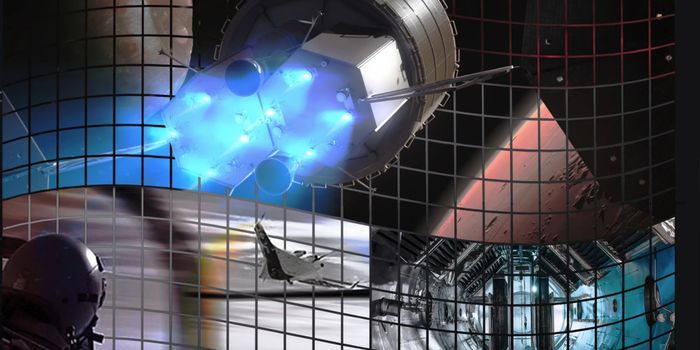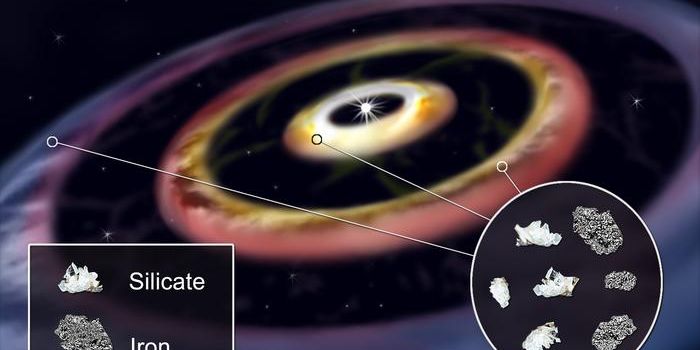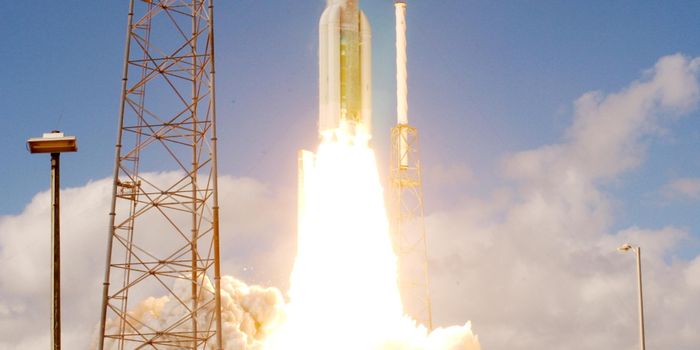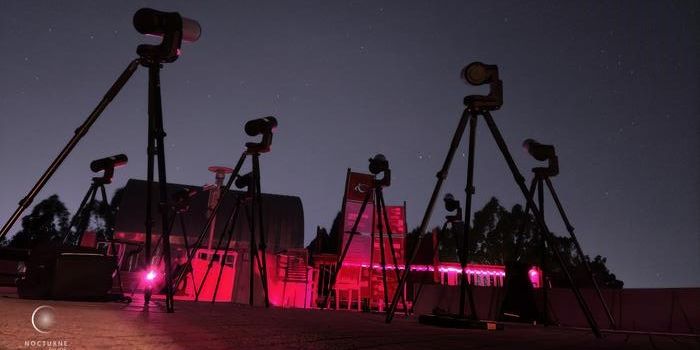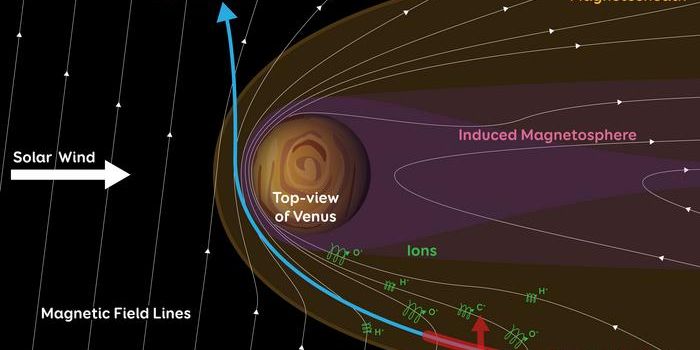Swirling Hexagonal Structure at Saturn's North Pole is Changing Colors
While NASA's Juno probe tries its luck at investigating Jupiter, another probe known as Cassini is investigating the Saturnian region, snapping photos and gathering information in an attempt to learn more about Saturn and its many moons.
One thing NASA has been paying attention to for decades is a color change at the planet’s North Pole. A 20,000-mile hexagonal-shaped formation there is intriguing scientists who believe it may have something to do with the changing the seasons on the gassy planet.
Its origins are unknown, but although we’ve only got decades of record-keeping about it, experts say it’s probably been around for centuries or more, similarly to Jupiter’s Great Red Spot.
Below, an image comparison from the Cassini spacecraft’s wide-angle camera compares the North Pole of Saturn from 2012 to 2016, showing the stark color change and the odd blue hexagon to a yellow in more recent months:
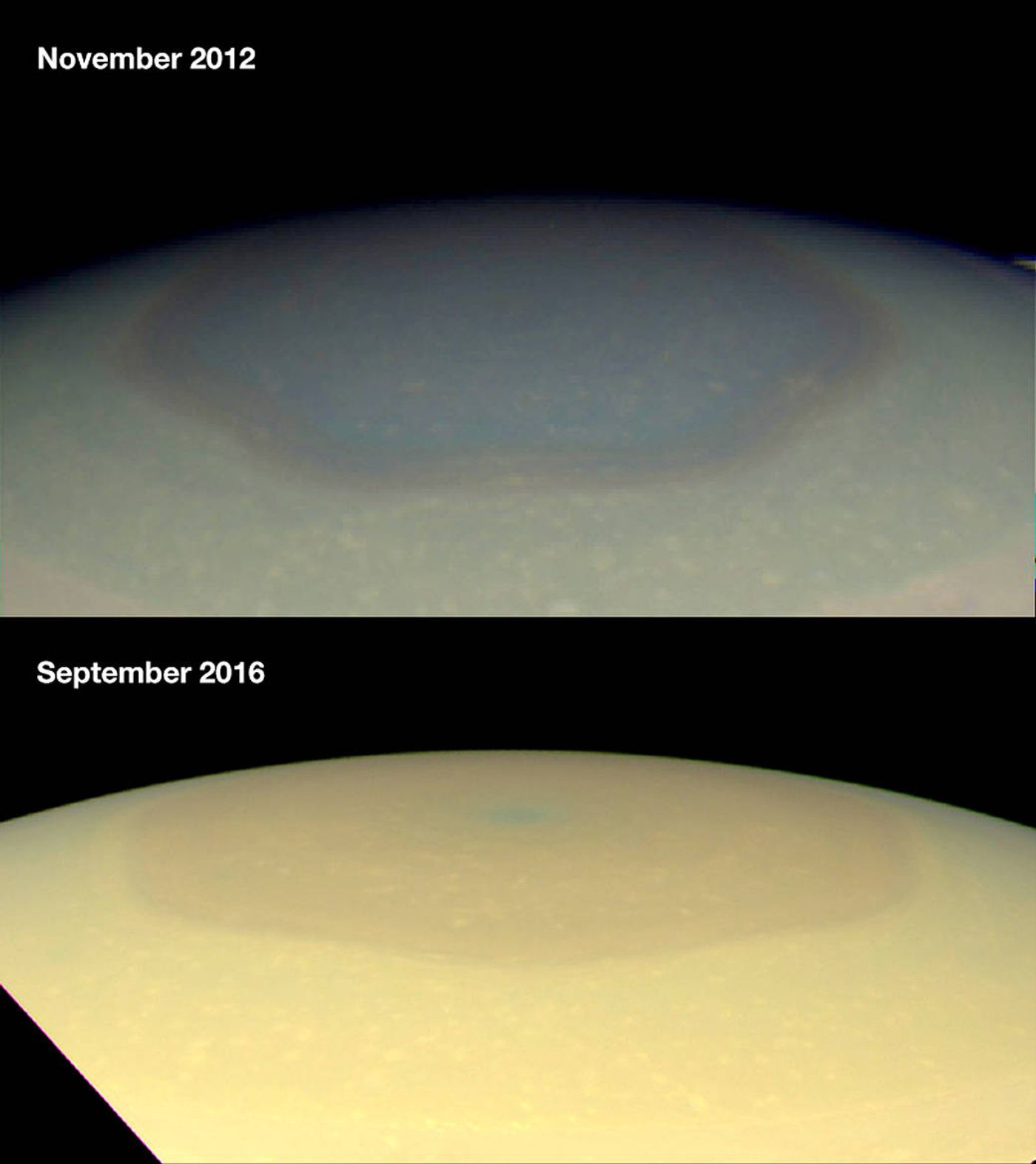
Image Credit: NASA/JPL-Caltech/Space Science Institute/Hampton University
So what is causing the color change? NASA’s best guess is it could be related to increased production of photochemical hazes in the atmosphere as the planet’s Summer solstice prepares to take place at the North Pole.
As the sunlight strikes the planet, the heat probably produces aerosols and the large-scale production of these equates to color changes in Saturn’s atmosphere, both in and outside of the hexagon.
NASA goes on to explain that the hexagon is basically a six-sided jet stream that rotates at nearly the same speed that the planet itself does.
It blasts air at around 220 miles per hour and hazy particles may be kept at bay and prevented from entering because it behaves like a force field against these particles, which probably explains the color difference from the rest of the planet.
Driving the rotation is probably a massive hurricane-like structure at the center, which allows it to swirl like a whirlpool. The winds inside are hypothesized to be influenced directly by solar activity, so not only is sunlight generator aerosols, but it’s probably also making the atmosphere more active for Saturn.
Little is really known about the mysterious hexagon at this point in time, but we’re directly in the middle of observing it through its transitions as space exploration technology has allowed us to put probes right into the Saturnian system.
Further observations may help reveal what’s going on, but perhaps future space missions can provide data and chemical analyses of the hexagon.
Source: NASA via DailyMail
-
MAY 07, 2024Is It Anti-RNP or Anti-Sm/RNP?
- See More
-
APR 30, 2024Immuno-Oncology Virtual Event Series 2024
-
MAY 07, 20243rd International Biosecurity Virtual Symposium
-
MAY 23, 2024For the Love of Digital PCR 2024
- See More

